Your cart is currently empty!
Tag: Efficient
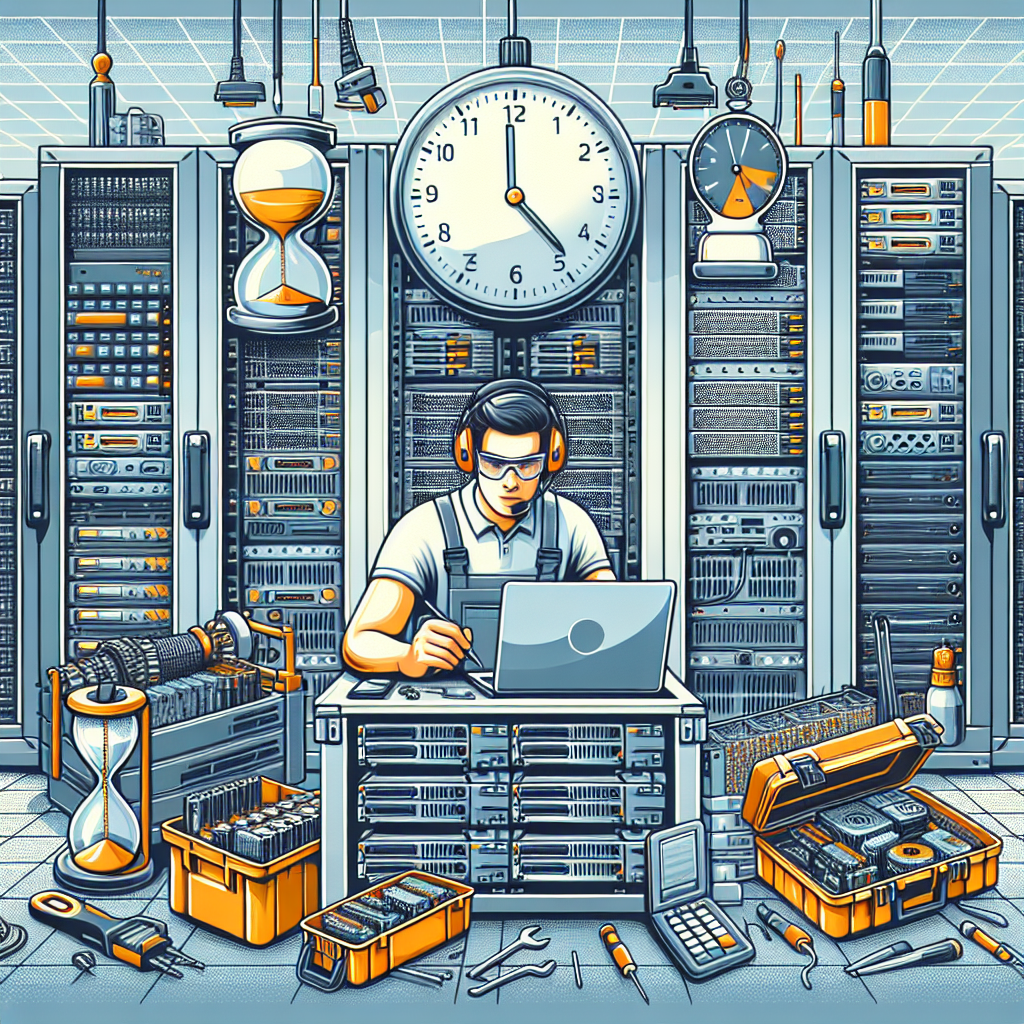
Improving Data Center MTTR: Best Practices for Efficient Repairs
In today’s fast-paced world, downtime in data centers can be extremely costly for businesses. The Mean Time to Repair (MTTR) is a critical metric that measures the average time it takes to repair a system after a failure occurs. Improving MTTR is essential for ensuring that data centers can quickly recover from issues and minimize disruptions to operations.There are several best practices that can help data centers improve their MTTR and ensure efficient repairs:
1. Implement proactive monitoring and alerting systems: By implementing robust monitoring and alerting systems, data centers can quickly identify and respond to issues before they escalate. This proactive approach can help reduce the time it takes to repair systems and prevent downtime.
2. Establish clear escalation procedures: It is important for data centers to have clear escalation procedures in place so that issues can be quickly escalated to the appropriate team members for resolution. This can help streamline the repair process and ensure that issues are addressed promptly.
3. Conduct regular maintenance and inspections: Regular maintenance and inspections can help data centers identify potential issues before they cause downtime. By proactively addressing issues, data centers can reduce the likelihood of failures and improve their MTTR.
4. Implement automated repair processes: Automation can help data centers streamline the repair process and reduce the time it takes to resolve issues. By automating routine tasks, data centers can free up their staff to focus on more complex issues and improve their overall efficiency.
5. Develop a comprehensive disaster recovery plan: Having a comprehensive disaster recovery plan in place can help data centers quickly recover from major outages and minimize downtime. By planning ahead and testing their disaster recovery procedures, data centers can improve their MTTR and ensure business continuity.
6. Provide ongoing training for staff: Ongoing training for staff can help ensure that they are equipped with the knowledge and skills needed to quickly address issues and repair systems. By investing in training and development, data centers can improve their MTTR and enhance their overall efficiency.
In conclusion, improving data center MTTR is essential for ensuring efficient repairs and minimizing downtime. By implementing proactive monitoring systems, establishing clear escalation procedures, conducting regular maintenance, implementing automation, developing a comprehensive disaster recovery plan, and providing ongoing training for staff, data centers can enhance their ability to quickly recover from issues and maintain business continuity. By following these best practices, data centers can improve their MTTR and ensure that they are well-prepared to handle any challenges that may arise.
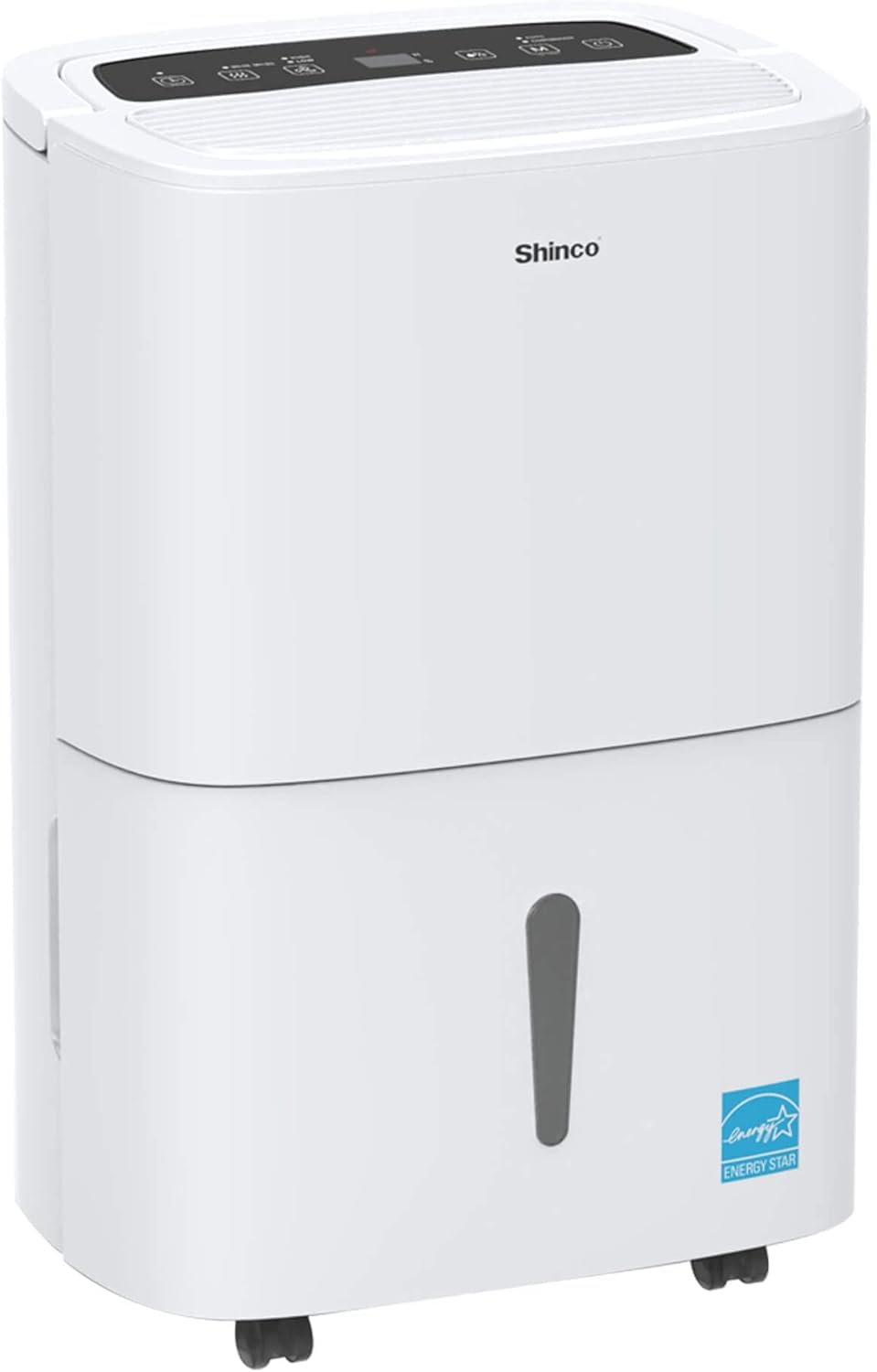
Shinco 7,000 Sq.Ft Energy Star Dehumidifier with Pump, Ideal for Large Industrial Rooms and Home Basements, Efficient Moisture Removal and Humidity Control, 1.85 Gallons Water Tank
Price: $177.99
(as of Dec 22,2024 02:22:32 UTC – Details)
【7,000 Sq.Ft DEHUMIDIFIER】- Shinco dehumidifier removes up to 150 pints (under 95°F,90%RH condition) of moisture from the air a day and adjust humidity from 30% to 80% in 5% increments which is easier to maintain a ideal 45%-55% humidity for your healthy. Perfect for bathroom, basement, living room, cellar, garage, bedroom, and laundry. (Max dehumidification capacity is up to 7,000 Sq.Ft under 95°F, 90%RH condition)
【QUIET AND ENERGY-SAVING】- This Energy Star certified dehumidifier is fit to quickly and effectively absorb moisture with minimal energy consumption in medium to large rooms, without racking up your energy bill. Energy Star appliances are not just better for the environment, they also cost 30% less to operate compared to non-Energy Star appliances. The 48 dB peak sound makes you hardly notice it’s there
【EASY AND CONVENIIENT DRAINAGE】- The dehumidifier offers 3 ways of drainage: Manual, continuous and pump drainage. When the display shows “FL” code and the dehumidifier shuts off automatically at the same time, please remove the bucket(7L) and empty it. When connect the 23.6″ long water hose to the dehumidifier, water can be automatically drained into a floor drain. When connect the 78.74″ long water hose, water can be automatically drained from low to high. (We do not provide a water container)
【MORDEN DESIGN】- 24-hour timer, 2 fan speeds, child-lock, water full alarming and 2 ways of drainage (by water tank or by pipe) , all of these promote a easier and convenient way for you to control the dehumidifier. Turn on the dehumidifier and set a timer before you leave home so that when you return home again, you can immediately enjoy the comfortable and pleasant air. Press the “mode” button for 3 seconds to lock all the buttons on the control panel in case children will play on itCustomers say
Customers have mixed opinions about the dehumidifier’s functionality.
AI-generated from the text of customer reviews
Are you tired of dealing with excess moisture in your industrial space or basement? Look no further than the Shinco 7,000 Sq.Ft Energy Star Dehumidifier with Pump! This powerful dehumidifier is perfect for large industrial rooms and home basements, providing efficient moisture removal and humidity control.With a 1.85-gallon water tank capacity, this dehumidifier can handle even the most humid environments with ease. The built-in pump allows for continuous drainage, so you can set it and forget it without constantly emptying the tank.
Not only does this dehumidifier help prevent mold and mildew growth, but it also helps improve air quality and overall comfort in your space. Say goodbye to musty odors and dampness with the Shinco 7,000 Sq.Ft Energy Star Dehumidifier with Pump.
Don’t let excess moisture ruin your industrial space or basement any longer. Invest in the Shinco 7,000 Sq.Ft Energy Star Dehumidifier with Pump and enjoy a dry, comfortable environment year-round.
#Shinco #Sq.Ft #Energy #Star #Dehumidifier #Pump #Ideal #Large #Industrial #Rooms #Home #Basements #Efficient #Moisture #Removal #Humidity #Control #Gallons #Water #Tank
Energy Efficient Air Conditioning: How to Save Money and the Environment
Air conditioning is a necessity for many people, especially during the hot summer months. However, running an air conditioner can be expensive and harmful to the environment. Luckily, there are ways to make your air conditioning system more energy efficient, which can save you money on your utility bills and reduce your carbon footprint.One of the easiest ways to make your air conditioning system more energy efficient is to regularly clean and maintain it. Dirty filters and coils can reduce the efficiency of your system, causing it to work harder and use more energy. Make sure to clean or replace your filters regularly and schedule annual maintenance checks with a professional to keep your system running smoothly.
Another way to save money and energy is to invest in a programmable thermostat. This allows you to set your air conditioning to automatically adjust the temperature based on your daily schedule. For example, you can set the temperature to be higher when you are not home or asleep, and lower when you are there and awake. This can help reduce your energy usage and save you money on your utility bills.
Additionally, consider upgrading to a more energy efficient air conditioning system. Look for systems with a high SEER (Seasonal Energy Efficiency Ratio) rating, which indicates how efficient the system is at cooling a space. While a new system may be an upfront cost, the long-term savings on your utility bills can make it worth it.
You can also improve the energy efficiency of your home by sealing any air leaks and adding insulation. This will help keep cool air inside and prevent hot air from entering, reducing the workload on your air conditioning system.
Lastly, consider using fans or opening windows to help cool your home instead of relying solely on your air conditioning. Ceiling fans can help circulate air and make your home feel cooler, while opening windows at night can allow fresh air to cool your home naturally.
By making your air conditioning system more energy efficient, you can save money on your utility bills and reduce your impact on the environment. With a few simple changes and upgrades, you can enjoy a cool and comfortable home while also being mindful of your energy usage.

Navigating the Path to Energy Efficient Data Centers: Best Practices and Case Studies
In today’s digital age, data centers play a critical role in the functioning of businesses, governments, and organizations around the world. However, with the increasing demand for data storage and processing power, data centers are also becoming one of the largest consumers of energy. In fact, data centers are estimated to account for about 1% of global electricity consumption, and their energy usage is only expected to grow in the coming years.In response to this growing concern, many data center operators are now focusing on improving the energy efficiency of their facilities. By implementing energy-saving measures and best practices, data center operators can not only reduce their environmental footprint but also save on operational costs. In this article, we will explore some of the best practices for navigating the path to energy-efficient data centers, as well as highlight some real-life case studies of successful energy efficiency initiatives.
One of the key best practices for improving the energy efficiency of data centers is to optimize cooling systems. Cooling accounts for a significant portion of a data center’s energy usage, so implementing strategies to reduce cooling requirements can lead to substantial energy savings. This can include using free cooling techniques, such as outside air or evaporative cooling, and implementing hot aisle/cold aisle containment to minimize hot and cold air mixing.
Another important best practice is to virtualize servers and storage systems. By consolidating multiple physical servers onto a single virtual server, data center operators can reduce the overall number of servers in operation, leading to lower energy consumption. Additionally, using energy-efficient hardware and equipment, such as Energy Star-rated servers and storage systems, can also help to improve energy efficiency.
Case Study: Google
One of the most well-known examples of a company that has successfully implemented energy-efficient practices in its data centers is Google. Google has been a trailblazer in the field of sustainable data center design, with a strong commitment to reducing its environmental impact. Google has implemented various energy-saving measures in its data centers, such as using advanced cooling technologies, implementing power management techniques, and using renewable energy sources.
In one of its data centers in Belgium, Google has implemented a free cooling system that uses outside air to cool the facility, reducing the need for mechanical cooling systems. This has helped the data center achieve a Power Usage Effectiveness (PUE) rating of 1.1, which is well below the industry average of 1.6. Additionally, Google has also invested in renewable energy sources, such as solar and wind power, to power its data centers, further reducing its carbon footprint.
In conclusion, navigating the path to energy-efficient data centers requires a holistic approach that incorporates a range of best practices and strategies. By optimizing cooling systems, virtualizing servers, and using energy-efficient hardware, data center operators can significantly reduce their energy consumption and environmental impact. Companies like Google have shown that it is possible to achieve high levels of energy efficiency in data centers through innovative design and technology. By following in their footsteps and implementing similar energy-saving measures, data center operators can lead the way towards a more sustainable future for the industry.
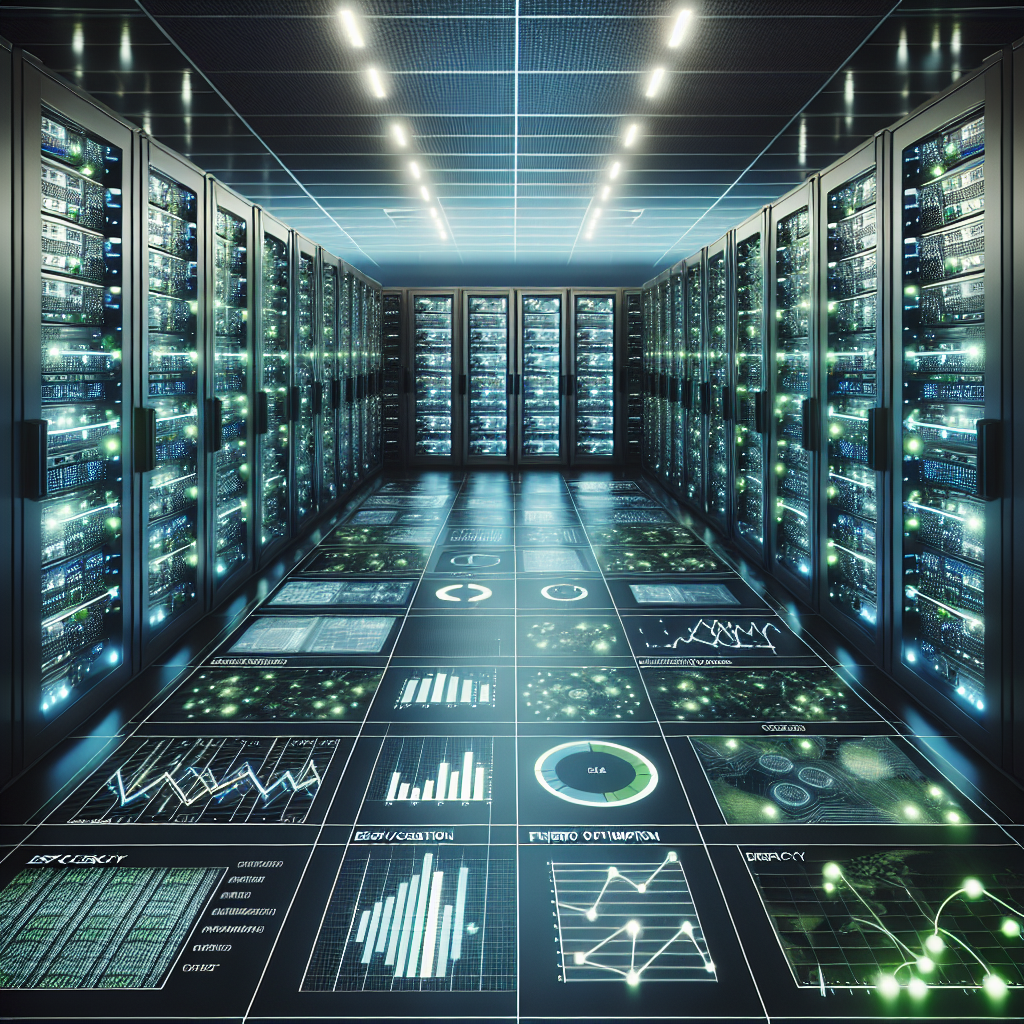
Optimizing Energy Usage in Data Centers through Efficient Power Distribution
Data centers are essential for storing and processing large amounts of information for businesses and organizations. However, these facilities consume vast amounts of energy to power servers, cooling systems, and other equipment. In fact, data centers account for a significant portion of global energy consumption, leading to concerns about their environmental impact and rising operational costs. To address these challenges, data center operators are increasingly turning to efficient power distribution strategies to optimize energy usage and reduce their carbon footprint.One key aspect of optimizing energy usage in data centers is implementing efficient power distribution systems. Traditional power distribution systems often result in energy wastage due to factors such as overprovisioning, inefficient cooling, and power conversion losses. By deploying advanced power distribution technologies, data center operators can improve energy efficiency and reduce operational costs.
One strategy for optimizing energy usage in data centers is to implement a modular power distribution architecture. Modular power distribution systems allow operators to scale power capacity based on demand, reducing overprovisioning and minimizing energy wastage. Additionally, modular power distribution systems enable easier maintenance and upgrades, leading to improved operational efficiency.
Another approach to optimizing energy usage in data centers is to deploy intelligent power distribution systems. Intelligent power distribution systems leverage advanced monitoring and control capabilities to optimize energy consumption based on real-time data and analytics. By dynamically adjusting power distribution based on workload requirements, intelligent power distribution systems can improve energy efficiency and reduce operational costs.
In addition to modular and intelligent power distribution systems, data center operators can also optimize energy usage by deploying energy-efficient power distribution components. For example, using high-efficiency power distribution units, transformers, and power supplies can help reduce energy wastage and lower operating costs. Furthermore, implementing power distribution redundancy schemes can improve system reliability while minimizing energy consumption.
Overall, optimizing energy usage in data centers through efficient power distribution is crucial for reducing environmental impact and lowering operational costs. By implementing modular, intelligent, and energy-efficient power distribution systems, data center operators can improve energy efficiency, enhance system reliability, and achieve sustainable operations. As the demand for data center services continues to grow, adopting efficient power distribution strategies will be essential for meeting energy efficiency goals and ensuring long-term sustainability.
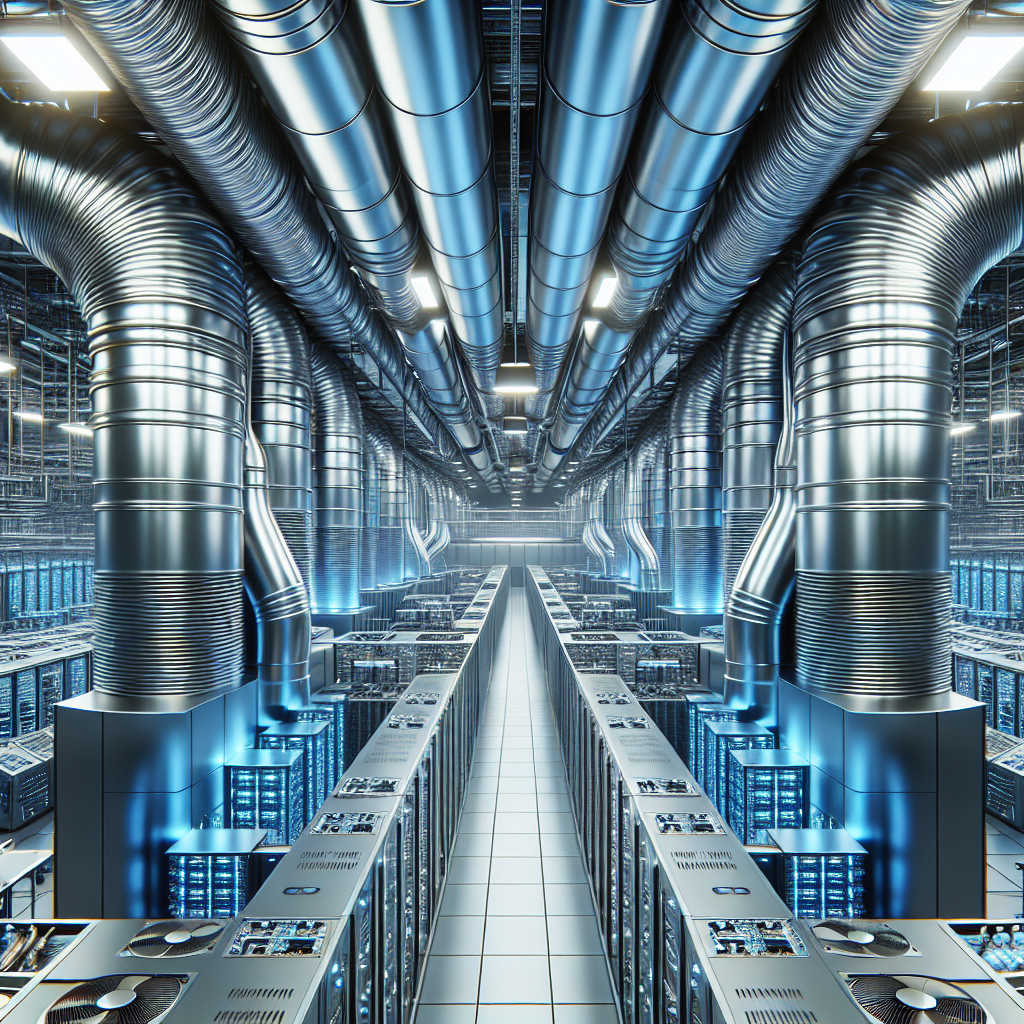
Efficient Cooling Solutions for Data Center HVAC Systems
Data centers are the backbone of today’s digital world, housing the servers and networking equipment that power the internet and store vast amounts of data. With the increasing demand for data storage and processing capabilities, data centers are continuously expanding in size and complexity. One of the key challenges in managing a data center is ensuring that the HVAC (heating, ventilation, and air conditioning) system is able to effectively cool the equipment and maintain optimal operating conditions.Efficient cooling solutions are crucial for data center HVAC systems to ensure that the equipment operates at peak performance and avoid downtime due to overheating. Here are some strategies to maximize the efficiency of cooling in data centers:
1. Hot aisle/cold aisle containment: One of the most effective ways to improve cooling efficiency in a data center is to implement hot aisle/cold aisle containment. This involves arranging server racks in alternating rows so that cold air is directed into the cold aisles and hot air is exhausted into the hot aisles. By segregating the hot and cold air streams, the HVAC system can more effectively cool the equipment without wasting energy.
2. Airflow management: Proper airflow management is essential for efficient cooling in a data center. Make sure that the airflow pathways are clear and free from obstructions, and use blanking panels to seal off unused rack spaces to prevent hot air recirculation. Implementing hot and cold aisle containment can also help to improve airflow management and reduce the workload on the HVAC system.
3. Use of economizers: Data centers consume a significant amount of energy for cooling, so it’s important to explore energy-saving options such as economizers. Economizers use outside air to help cool the data center when the ambient temperature is lower than the internal temperature, reducing the need for mechanical cooling. This can result in significant energy savings and lower operating costs.
4. Implementing variable speed fans: Traditional HVAC systems use fixed-speed fans that operate at a constant speed, regardless of the cooling requirements. By upgrading to variable speed fans, the HVAC system can adjust the fan speed based on the cooling load, resulting in energy savings and improved efficiency.
5. Regular maintenance and monitoring: To ensure that the HVAC system is operating at peak efficiency, it’s important to perform regular maintenance and monitoring. This includes cleaning air filters, checking for leaks in the ductwork, and monitoring temperature and humidity levels in the data center. By proactive maintenance, potential issues can be identified and addressed before they lead to equipment failures or downtime.
Efficient cooling solutions are essential for data center HVAC systems to ensure that the equipment operates reliably and efficiently. By implementing strategies such as hot aisle/cold aisle containment, airflow management, economizers, variable speed fans, and regular maintenance, data center operators can optimize cooling efficiency and reduce energy consumption. Investing in efficient cooling solutions not only benefits the environment but also helps to reduce operating costs and improve the overall performance of the data center.
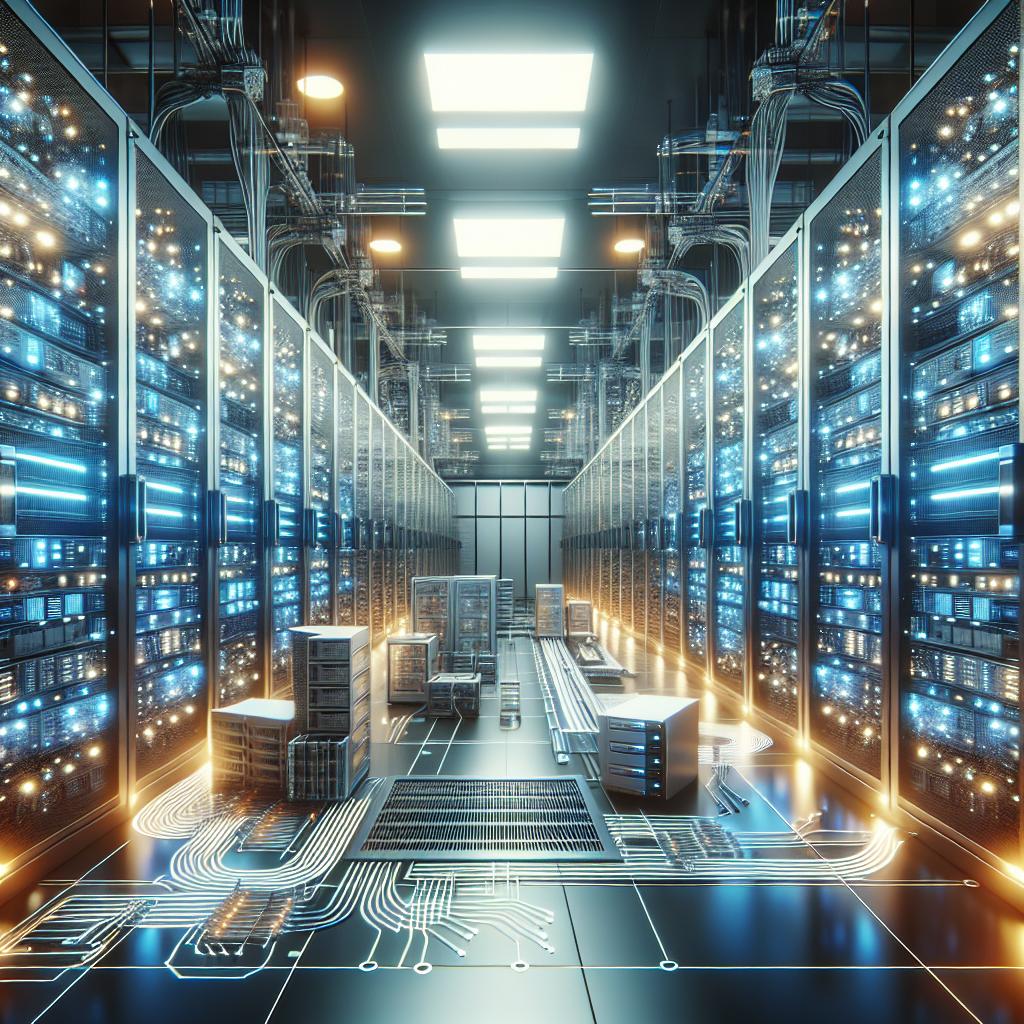
Key Components of an Efficient Data Center Network Infrastructure
Data centers are the backbone of today’s digital economy, serving as the hub for storing and processing vast amounts of information for businesses and organizations. In order to ensure optimal performance and reliability, it is crucial to have an efficient network infrastructure in place within the data center. Here are key components that are essential for a well-functioning data center network infrastructure:1. Switches and routers: Switches and routers are critical components of a data center network, as they act as the backbone for transmitting data between servers, storage devices, and other network equipment. Switches are responsible for connecting devices within the data center network, while routers facilitate communication between different networks. It is important to invest in high-quality switches and routers that can handle the high volume of traffic and provide low latency and high bandwidth.
2. Network cabling: The quality of network cabling is another crucial factor that can impact the performance of a data center network. Structured cabling systems, such as Category 6 or fiber-optic cables, are essential for ensuring fast and reliable data transmission within the data center. Proper cable management is also important to prevent cable clutter and ensure easy maintenance and troubleshooting.
3. Network security: With the increasing number of cyber threats and data breaches, network security is a top priority for data center operators. Implementing robust security measures, such as firewalls, intrusion detection systems, and data encryption, can help protect sensitive data and prevent unauthorized access to the network. Regular security audits and updates are also essential to keep the network secure.
4. Load balancing and redundancy: Load balancing is important for distributing network traffic evenly across multiple servers to prevent bottlenecks and ensure optimal performance. Redundancy is also crucial for data center network infrastructure, as it provides backup systems in case of hardware failures or network outages. Redundant power supplies, network connections, and backup servers can help minimize downtime and ensure continuous operation of the data center.
5. Monitoring and management tools: Monitoring and management tools are essential for monitoring the performance of the data center network, detecting issues, and troubleshooting problems in real-time. Network monitoring software can provide valuable insights into network traffic, bandwidth usage, and performance metrics, allowing data center operators to identify and address potential issues before they impact the network.
In conclusion, a well-designed and efficient data center network infrastructure is essential for ensuring the reliability, security, and performance of a data center. By investing in high-quality components, implementing robust security measures, and utilizing monitoring and management tools, data center operators can create a network infrastructure that meets the demands of today’s digital economy and supports the continued growth and success of their business.
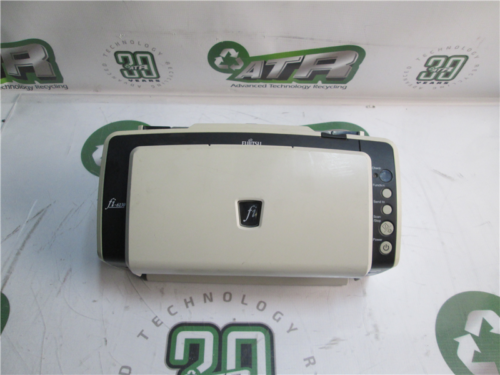
Fujitsu FI-6130 Scanner – Efficient Document Management, 600 DPI

Fujitsu FI-6130 Scanner – Efficient Document Management, 600 DPI
Price :59.99– 47.99
Ends on : N/A
View on eBay
Are you tired of dealing with piles of paper documents and struggling to keep them organized? Look no further than the Fujitsu FI-6130 Scanner for efficient document management.With a high resolution of 600 DPI, this scanner ensures that your documents are scanned with excellent clarity and detail. Say goodbye to blurry or pixelated scans – the Fujitsu FI-6130 Scanner delivers crisp, high-quality images every time.
Not only does this scanner produce top-notch scans, but it also offers fast scanning speeds and reliable performance. Its automatic document feeder allows you to quickly scan multiple pages in a single pass, saving you time and effort.
Whether you’re looking to digitize your business documents, create electronic records, or simply streamline your paper clutter, the Fujitsu FI-6130 Scanner is the perfect solution. Say hello to efficient document management with this reliable and powerful scanner.
#Fujitsu #FI6130 #Scanner #Efficient #Document #Management #DPI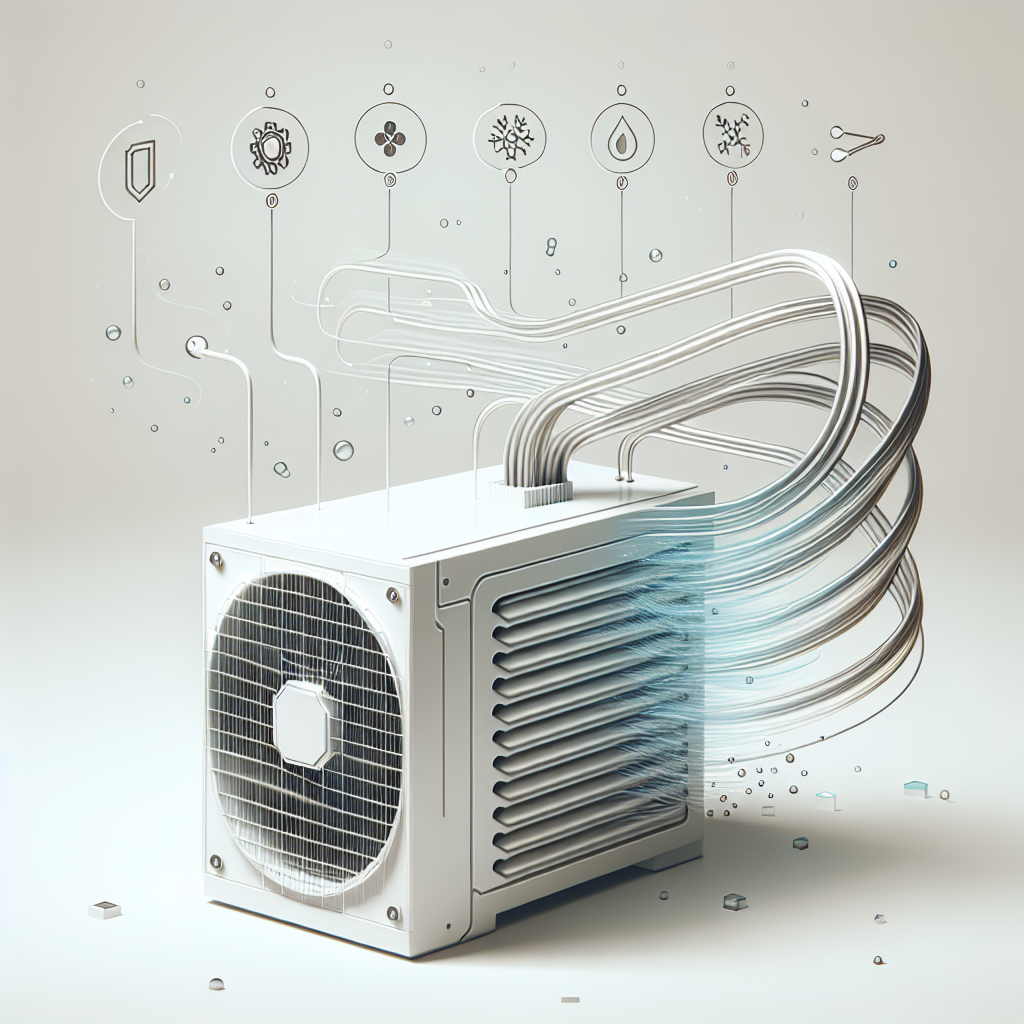
Cooler Boost 5: The Key to Keeping Your System Running Cool and Efficient
Cooler Boost 5: The Key to Keeping Your System Running Cool and EfficientOne of the most important factors in maintaining the health and performance of your computer system is ensuring that it stays cool. Overheating can cause serious damage to your hardware, leading to system crashes, data loss, and reduced lifespan of your components. That’s why it’s crucial to have an effective cooling system in place to keep your system running smoothly.
Cooler Boost 5 is a cutting-edge cooling technology developed by MSI, a leading manufacturer of high-performance gaming laptops and desktops. This innovative cooling solution is designed to keep your system cool and efficient, even during intense gaming sessions or demanding tasks.
So, how does Cooler Boost 5 work? This advanced technology features dual thermal modules with a total of 7 heat pipes, which efficiently dissipate heat away from the CPU and GPU. This helps to prevent overheating and ensures that your system stays cool under heavy loads.
In addition, Cooler Boost 5 also features multiple high-performance fans with a unique blade design that maximizes airflow and reduces noise. This helps to maintain a stable temperature inside your system, allowing for optimal performance without the risk of overheating.
Another key feature of Cooler Boost 5 is its customizable fan speed control, which allows you to adjust the cooling performance based on your specific needs. Whether you’re gaming, streaming, or working on intensive tasks, you can easily adjust the fan speed to achieve the perfect balance between cooling and noise levels.
Overall, Cooler Boost 5 is a game-changer when it comes to keeping your system running cool and efficient. With its advanced cooling technology, customizable fan speed control, and high-performance fans, you can rest assured that your system will stay cool and perform at its best, no matter how demanding the task.
In conclusion, if you’re looking to maximize the performance and lifespan of your computer system, investing in a cooling solution like Cooler Boost 5 is a smart choice. With its innovative technology and advanced features, you can keep your system running cool, efficient, and reliable for years to come.
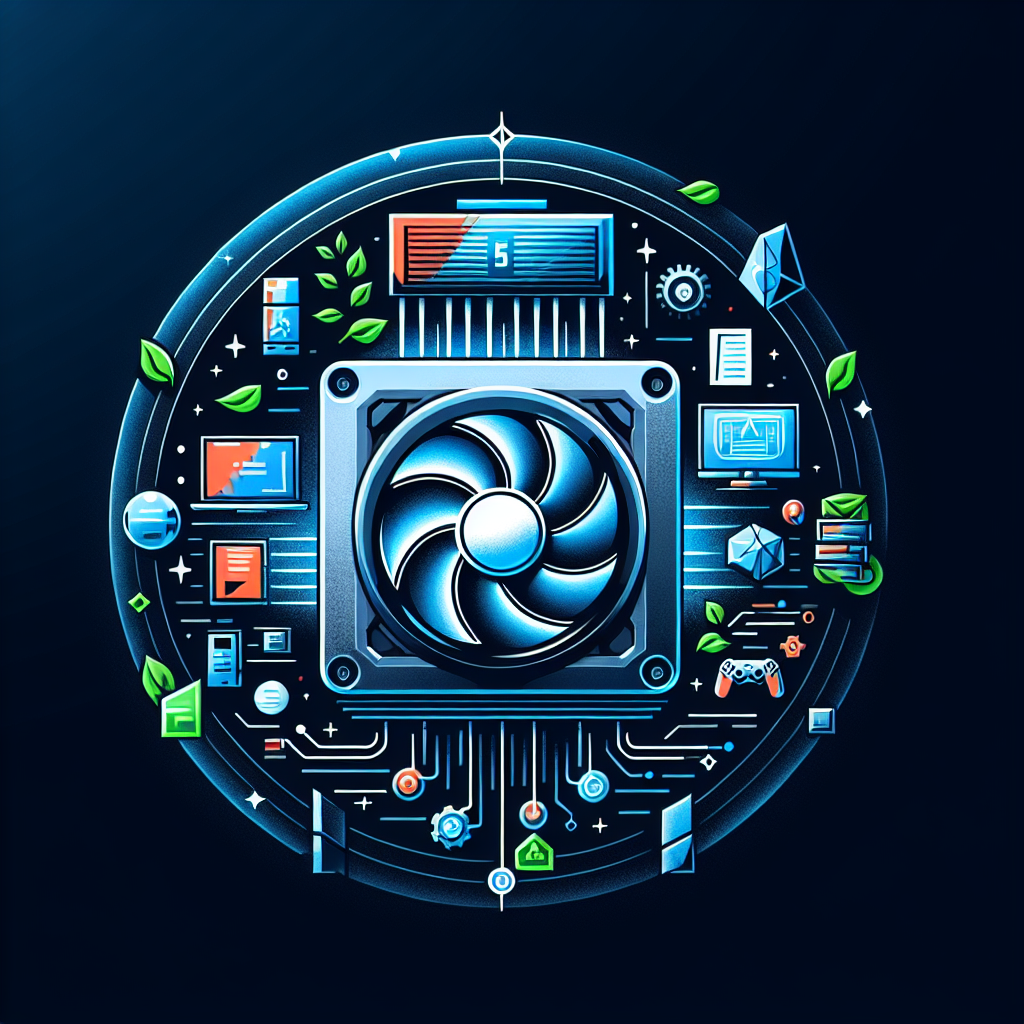
Cooler Boost 5: The Key to Efficient Gaming Performance
For gamers, having a laptop that can handle intense gaming sessions without overheating is essential. That’s where Cooler Boost 5 comes in. Developed by MSI, Cooler Boost 5 is a cutting-edge cooling technology that helps to keep your laptop running smoothly and efficiently during even the most demanding gaming sessions.Cooler Boost 5 utilizes a dual fan and seven heat pipe system to effectively dissipate heat from your laptop, preventing it from becoming uncomfortably hot and potentially damaging internal components. The dual fan design ensures that air is efficiently circulated throughout the laptop, while the heat pipes help to transfer heat away from critical components such as the CPU and GPU.
One of the key features of Cooler Boost 5 is its ability to dynamically adjust fan speed based on the temperature of the laptop. This means that the fans will ramp up when the laptop is under heavy load, ensuring that it stays cool and performs at its best. Additionally, Cooler Boost 5 offers customizable fan profiles, allowing users to adjust fan speed and cooling performance to suit their specific needs.
In addition to keeping your laptop cool, Cooler Boost 5 also helps to improve overall gaming performance. By maintaining lower temperatures, the technology ensures that your CPU and GPU can operate at maximum efficiency, allowing for smoother gameplay and higher frame rates.
Overall, Cooler Boost 5 is a game-changer for gamers looking to maximize their laptop’s performance and longevity. With its advanced cooling technology and customizable features, it provides the key to efficient gaming performance without compromising on quality or reliability. So if you’re in the market for a gaming laptop that can handle even the most demanding games with ease, be sure to check out models equipped with Cooler Boost 5 technology.
